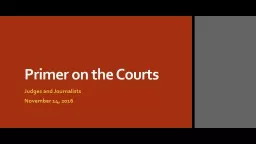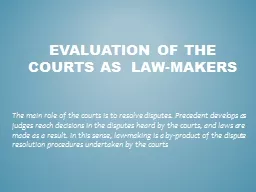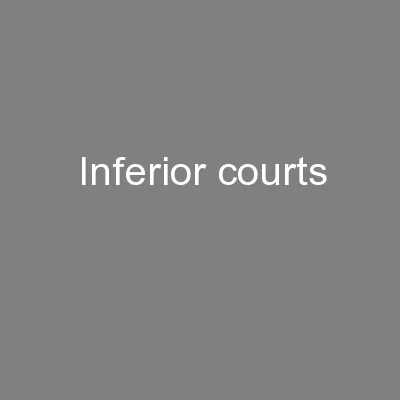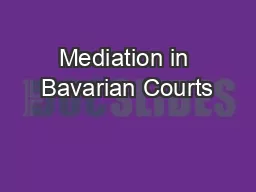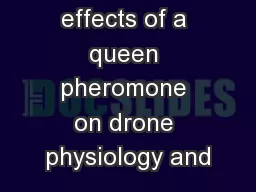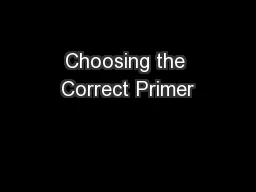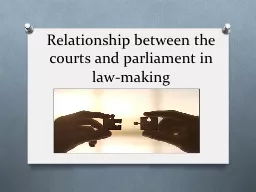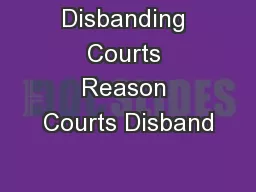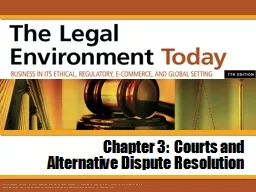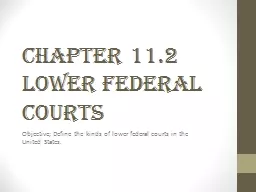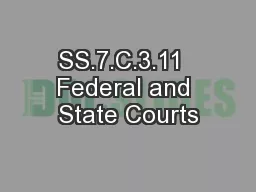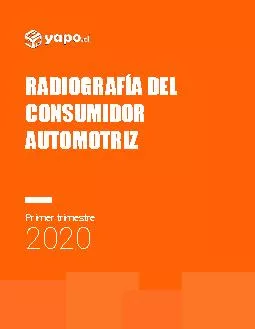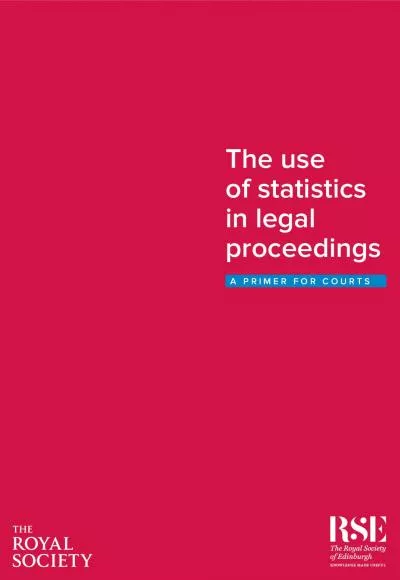PPT-Primer on the Courts
Author : sherrill-nordquist | Published Date : 2017-04-01
Judges and Journalists November 14 2016 Part I Introduction to the Courts State Courts Courts of Last Resort 52 Intermediate Courts of Appeals 46 Trial Courts 16000
Presentation Embed Code
Download Presentation
Download Presentation The PPT/PDF document "Primer on the Courts" is the property of its rightful owner. Permission is granted to download and print the materials on this website for personal, non-commercial use only, and to display it on your personal computer provided you do not modify the materials and that you retain all copyright notices contained in the materials. By downloading content from our website, you accept the terms of this agreement.
Primer on the Courts: Transcript
Download Rules Of Document
"Primer on the Courts"The content belongs to its owner. You may download and print it for personal use, without modification, and keep all copyright notices. By downloading, you agree to these terms.
Related Documents

